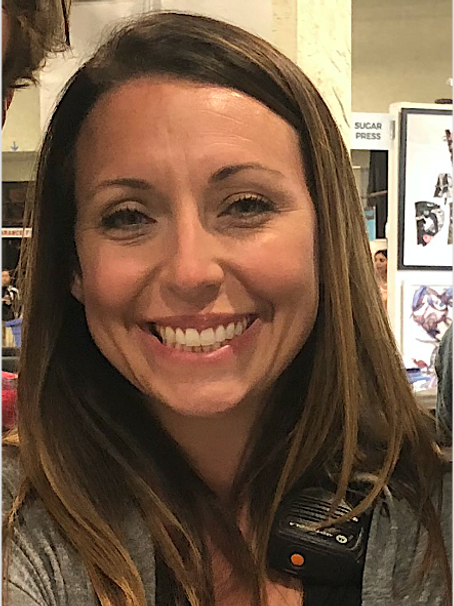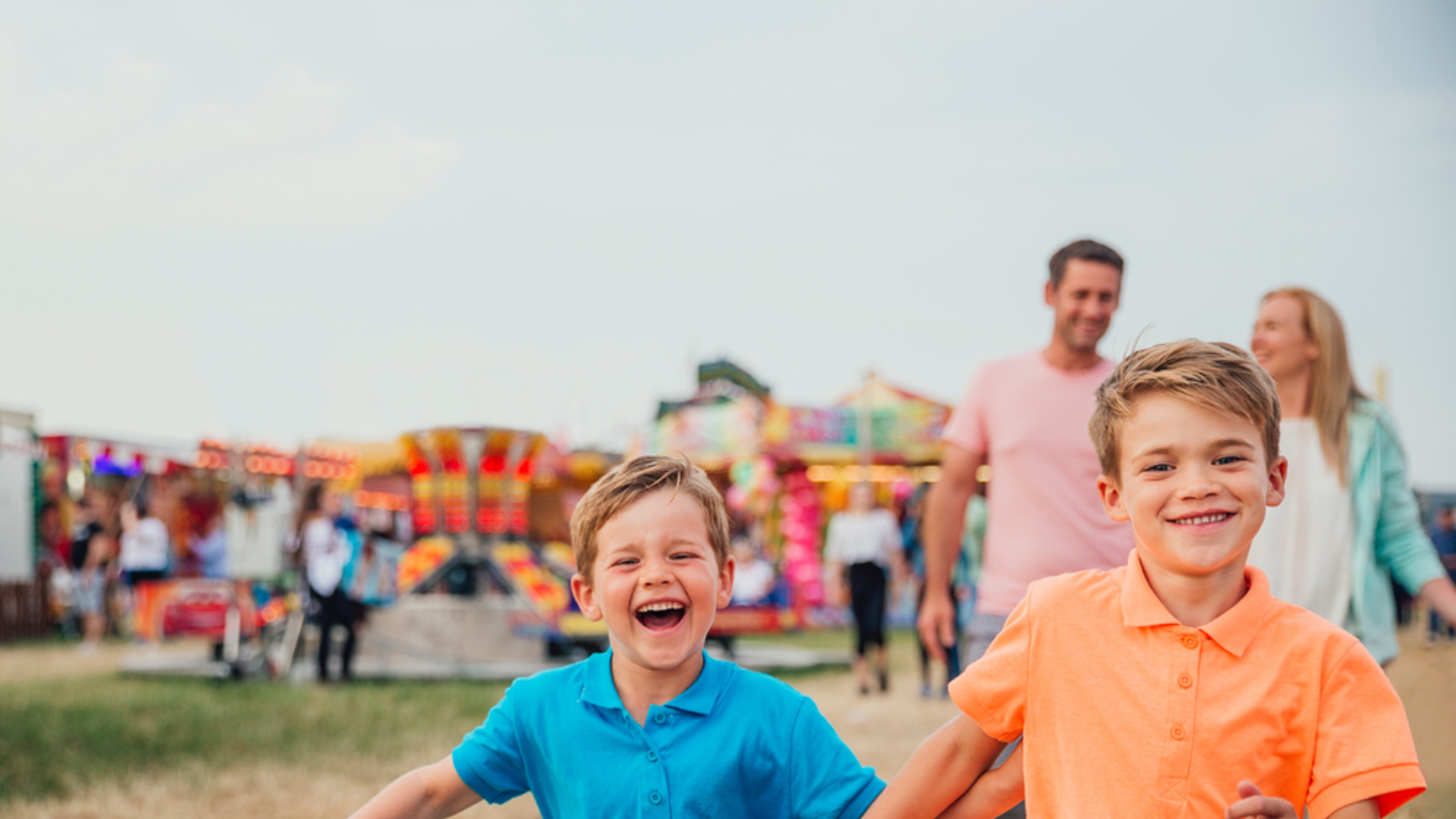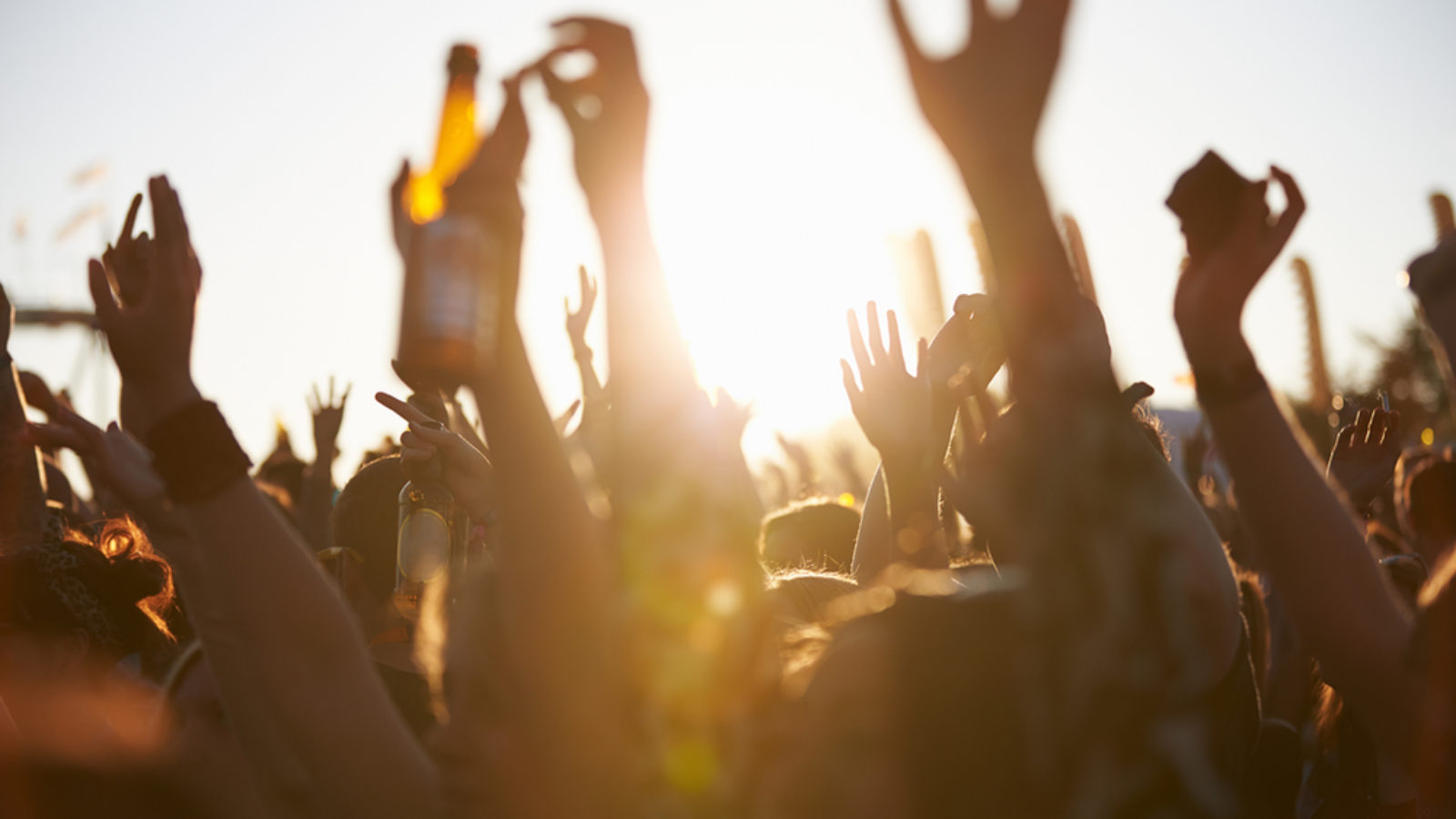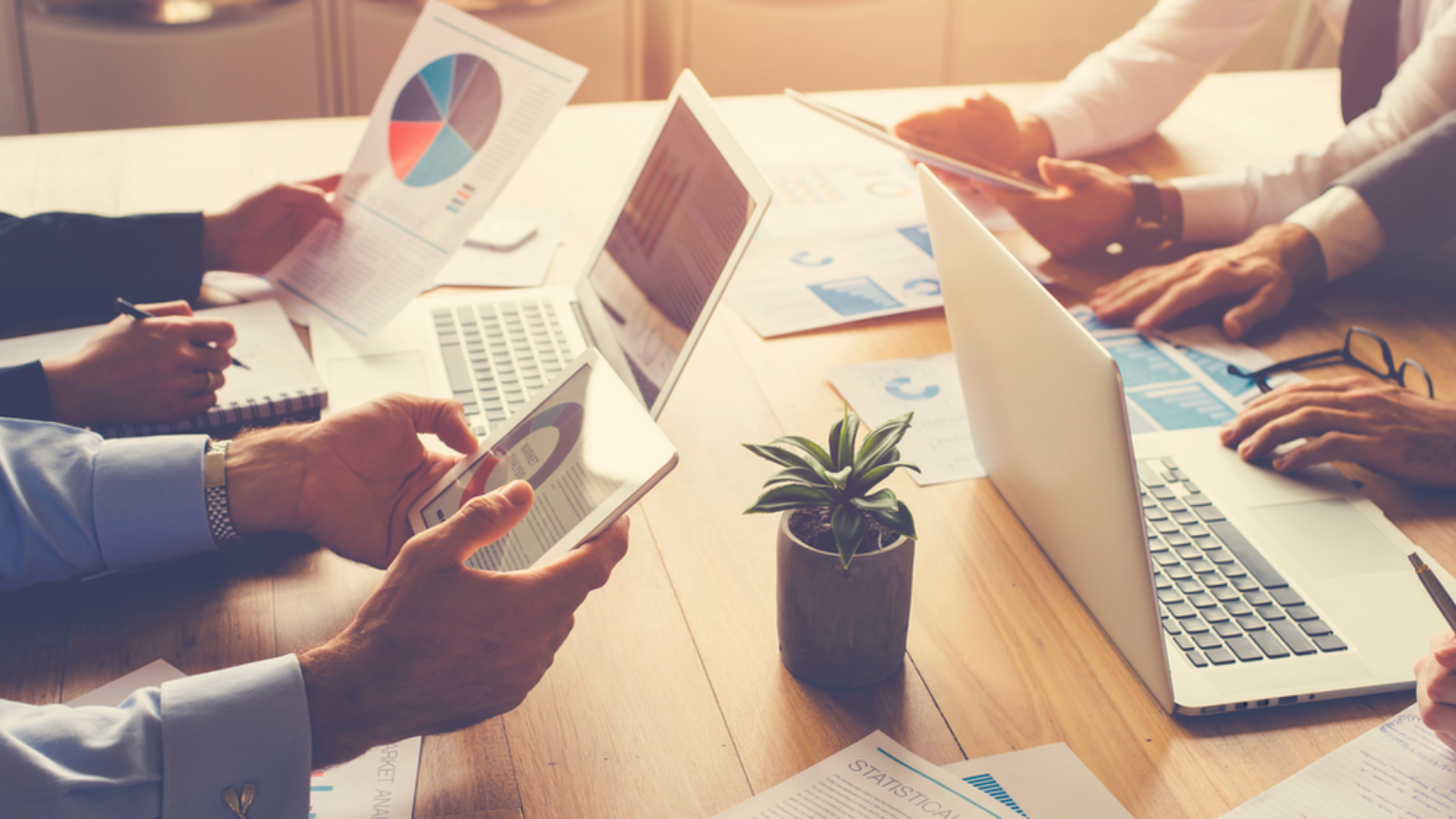GUEST AUTHOR: ERIN REGRUTTO, Risk Mitigation Consultant at Freeman Enterprises
The other day, I was walking on a trail near my house and passed by a 3’x3’ white coroplast sign with red writing. Not surprisingly, this sign was the exact size, shape, color, and font that I’ve seen used for many events for directional signage over my almost twenty year career in the event business. What was surprising, was that just seeing this sign made me long for the days of driving around on a golf cart, zip ties and snips in hand, hanging up signs – a job that is not generally that fun, but is a necessary part of any event. That longing made me a little sad, and even caused me to choke up for a minute (tears were definitely shed). If you have ever worked an event, you know what I mean – the months of preparation, the long hours of load-in, the excitement of watching the crowd pour into your site, and even the hangover of load-out. I don’t know about you, but I miss it. Like, really, really miss it.
Over the past several months, while quarantining and homeschooling three of my four children in Washington state, my business partner, Dennis Freeman, and myself have been researching health, safety, cleaning, and disinfection and applying that knowledge to every possible situation within an event site. Between Dennis and I, we have completed the World Health Organization’s Public Health Preparedness for Mass Gatherings, the Event Safety Alliance’s Event Safety Access Training, FEMA’s National Incident Management Systems, and FEMA’s Orientation to FEMA Logistics and applied this new knowledge to all of the events that we have ever worked; ranging from farmer’s markets to multi-day camping and music festivals. With Dennis’ extensive 30 year career in event management and logistics, he was able to contribute to the Event Safety Alliance’s Reopening Guide, which if you haven’t read it, please download it here (ESA Reopening Guide). It’s an incredibly useful document, put together by over 200 industry professionals, with the goal of providing guidance to the events that will get to come back first.
This information and the level of research required to fully understand the practical application of it, can be overwhelming. Ultimately, the goal for any event in a normal year, is to mitigate risk: identify potential risks at your event, determine if those risks can or need to be avoided, and develop a plan to either eliminate or minimize the identified risks, or accept that those risks are an inherent part of holding an event. With the addition of “infectious disease” to the long list of risks that as event organizers, we are already assessing, there are many (many) new twists and turns to risk mitigation that were simply not on most of our radars until now. (As with any challenge, you will want to review reopening with an attorney and your insurance company to ensure that you are not only legally allowed to reopen, but to make sure that your insurance company is willing to accept the Risk Mitigation Plan that you have outlined. This list is to help you know what to consider when you are able to reopen, but does not serve as a sure-fire way to mitigate all risk.)
We have compiled the “Top 6 Things To Consider When Getting Ready to Reopen Your Event”. Take a look at the list and really consider how the below applies to your specific layout and event in our new normal.
1. Consult With Your Local Authorities – As you do for EMS, the Police Department, Fire Marshal, the Environmental Health Department and other agencies, research your state and local regulations regarding mass gatherings. Working WITH these agencies, rather than attempting to skate under their radar will not only provide your patrons with a safer overall event, but the relationships that you develop by reaching out and being proactive will pay dividends for years to come:
- Check Executive Orders from your state’s Governor and your city’s Mayor
- Capacity Limits
- Face Covering Recommendations
- Social Distancing Regulations
2. Review Your Budget – The addition of new health and safety protocols are unfortunately not free. Depending on the degree of coverage required by your state, county, city, or internal event management team, you will need to factor in some additional dollars to cover the costs of whatever preventative measures that you will be putting into place.
3. Operational Elements to Consider – There are a multitude of options available when it comes to determining how you will best protect your staff and patrons from illness at a mass gathering. After taking a critical eye to your event, you will know what your main areas of focus for health and safety should be. We have included several available options below:
A) Back of House and Staff
-
- Additional Hand Washing and Sanitizing Stations
- Additional EMTs
- Temperature Screening for All Staff and Vendors
- Protective Shields at Locations Where Interaction Between Staff and Patrons is Unavoidable (food vendors, merch vendors, sponsors, box office/will call, etc)
- Increased Janitorial Staff for Higher Frequency Cleaning and Disinfection
- Policy Changes to Food and Beverage Operations
- Personal Protective Equipment (PPE) Required
- Will you provide PPE to staff if needed?
- Limit Staff Members/Production Vendors On-Site
B) Front of House Patrons and Staff
-
- Personal Protective Equipment (PPE) Required
- Temperature Screening
- Additional EMTs
- Contact Tracing App Integration
- Touchless Ticketing / No Box Office or Will Call On-Site
- Ingress
- Staggered or Typical
- Egress
- Staggered or Typical
- Increasing Exit Points to Accommodate Social Distancing
- Emergency Egress Plan that Considers Social Distancing
- Increased Janitorial Staff for Higher Frequency Cleaning and Disinfection
- Additional Restrooms and Hand Washing Stations (more, assigned to small groups, etc….)
- How to Social Distance at Choke Points and Crowd Packs
- Food and Beverage Booths
- Merchandise, Retail, and Sponsor Booths
- Public Restrooms
- Stages
- Other Locations of Interest
- Designated Corrals for Limited Number of Patrons
4. Get Your Team On-Board – Share your plan with your team and take their feedback and concerns into account. The easiest way to get your Staff, Vendors, Contractors, and Sponsors to support and participate in your efforts is by including them in the planning process and clearly communicating with them what your final decisions are, and what you hope that those decisions will accomplish.
5. Communicate With Your Patrons – A well-prepared patron is far better than a patron who has no idea what is going on when they show up to your event. Make sure you communicate new rules or regulations that must be followed while on site. Here are some ways that you can reach your audience:
- Pre-Event Communication Through Your Website and Social Outlets – “What to Expect When You Arrive”
- Informational Signage in Parking Lots, Entry Points, and Event Site
- PA Announcements and Video Screen Graphics (if applicable)
6. When Someone Is Sick – Unfortunately, the statistics will tell you that it is likely someone will show up who has an elevated temperature. Protocols need to be in place prior to the event that focus on how you will handle each possible scenario related to these new health concerns. Here are just a few items to consider:
- Protocols for Staff, Vendors, or Patrons with an Elevated Temperature: Most cities have multiple testing sites available. While doing your temperature screening, if you run across a patron who does have an elevated temperature and/or exhibits symptoms of COVID-19, have a list of testing sites ready to go, so that you can communicate next reasonable steps to each individual. Additionally, particularly in the case of a staff member, consider where they have been onsite, who they have been in contact with, and how to adequately clean and disinfect any areas that they have been working in. Quickly alerting staff who have been in contact with a person who is ill, is key to slowing the spread of infection.
- What To Do When a Staff Member or Patron Refuses to Follow Your Protocols: This is tricky, considering the strong feelings that are associated with some safety protocols. Ultimately, just as you set the rules for outside food and beverage, lewd behavior, counterfeit tickets, etc, YOU, as the organizer of the event, set the rules for what health and safety protocols must be adhered to within your footprint. If someone is not following the rules or your event, refer to your usual security plan for how to handle the situation, whether it’s a warning or a removal.
As event organizers, we are responsible for the health and safety of everyone within our event site. This has been true through everything from stage collapses, mass shootings, foodborne illnesses, trip hazards, and now infectious diseases. This new challenge is definitely a significant hurdle, but certainly not one that we can’t overcome. With some serious consideration and planning, you can provide an environment that is as safe as possible, while going on with the show. Ultimately, we all want to get back to work, and the more precautions we take to do that, the better off we are as an industry. Let’s work together to make sure that we can get back to doing what we do best – providing people with a great time and unforgettable experiences!













 This article was written by Teresa Stas and was originally published in the International Festivals & Events Association’s “i.e.: the business of international events” quarterly magazine May 2020.
This article was written by Teresa Stas and was originally published in the International Festivals & Events Association’s “i.e.: the business of international events” quarterly magazine May 2020.

